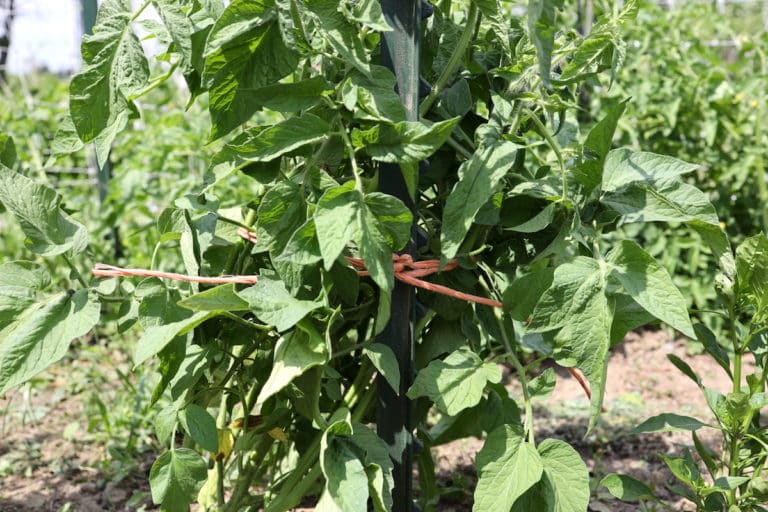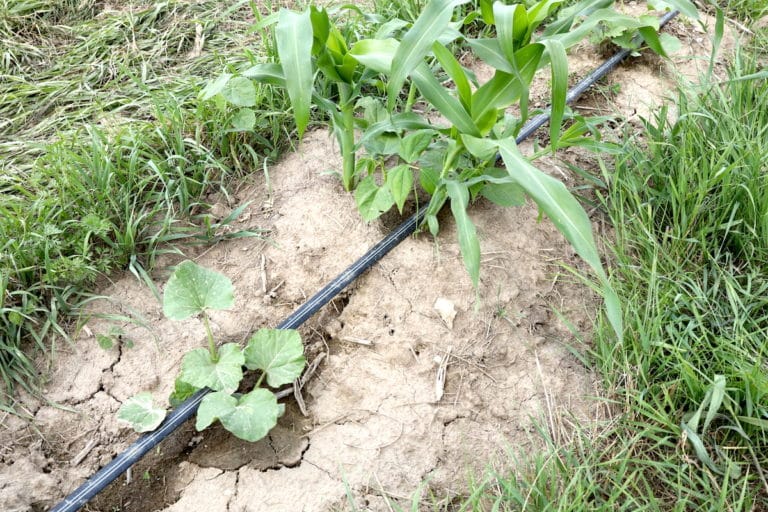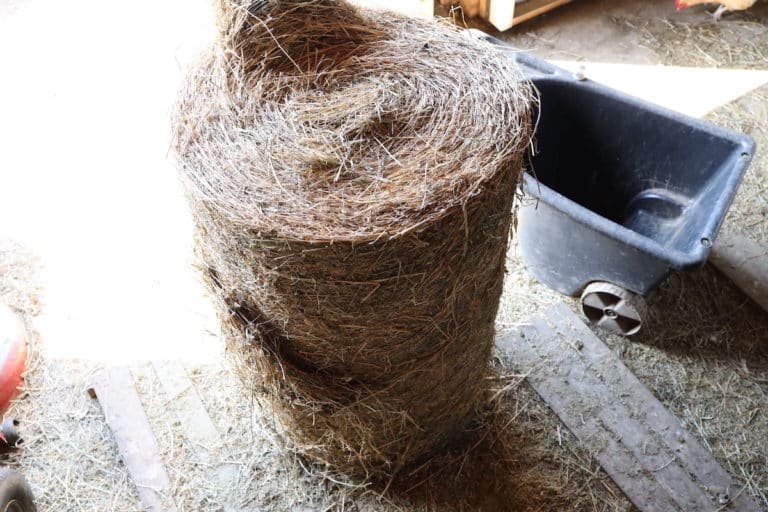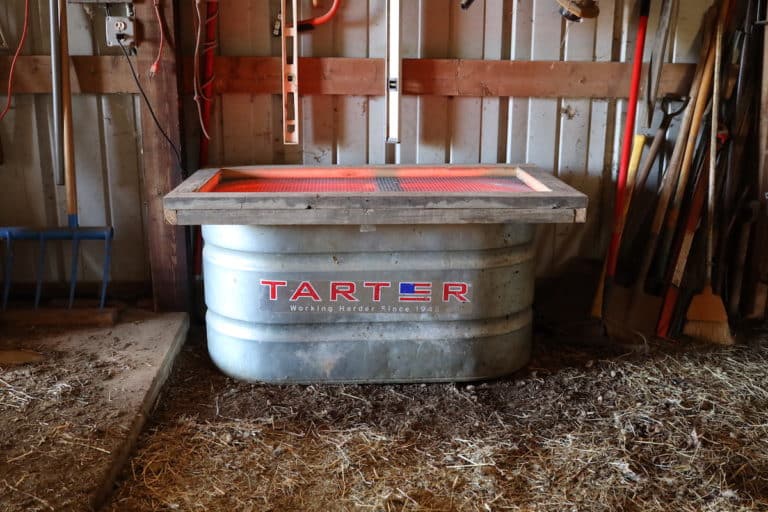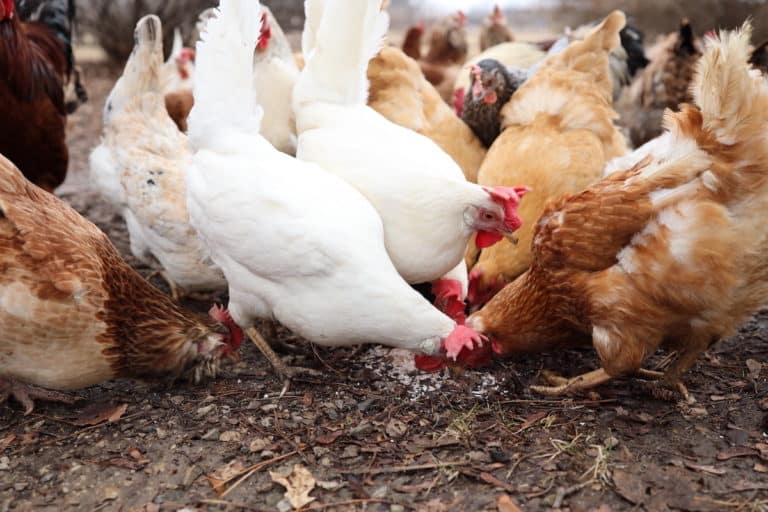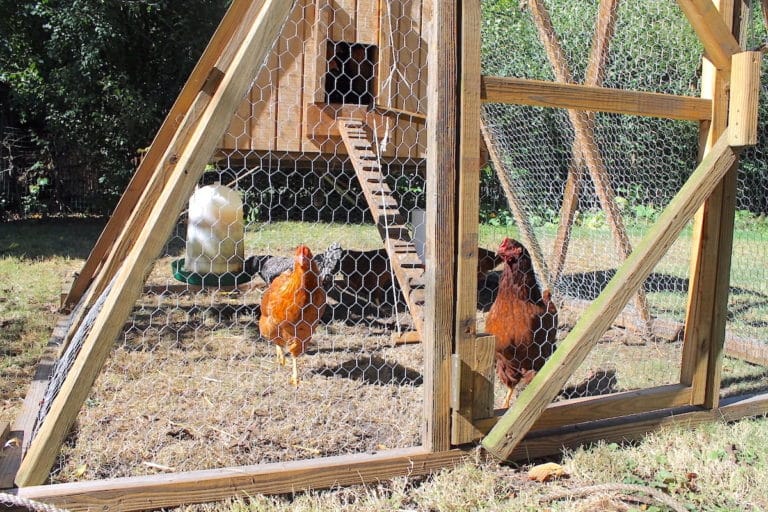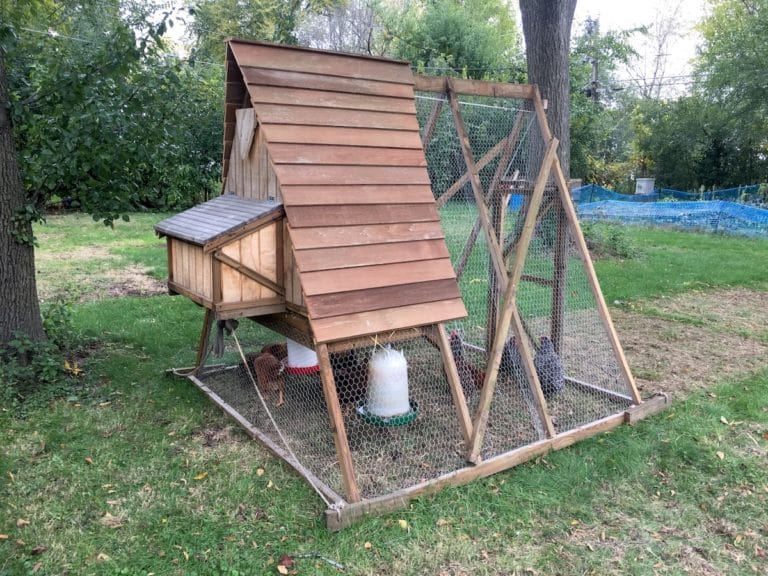T-Post Tomato Trellis – Easy and Foolproof Trellising Method
Whether your tomato plants were just transplanted or they’re a few feet long and flopping over, you need a sturdy, low-cost, and long-term trellis solution. We’ve got you covered with this T-Post Tomato Trellis tutorial. Common Tomato Trellis Options Many methods exist to trellis tomatoes. We’ve tried most of them and ultimately landed on t-posts…

